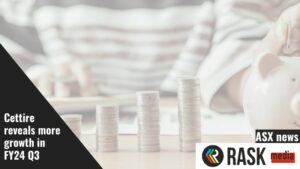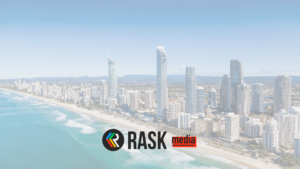Is the Commonwealth Bank of Australia (ASX: CBA) share price a buy for income?
The short answer: It could be, since it currently offers a trailing fully franked yield of 6%, which is much better than the interest rate you can get from one of its savings accounts. But of course there’s more to it than that.
What Does Commbank Do?
Commonwealth Bank of Australia or CBA is Australia’s largest bank, with commanding market share of the mortgages (24%), credit cards (27%) and personal lending markets. It has 16.1 million customers, 14.1 million are in Australia. It is entrenched in the Australian payments ecosystem and financial marketplace.
Why CBA could be worth buying for income
CBA is regarded as one of better banks on the ASX, if not the best. Its highly rated banking app and a large network of branches make it very accessible for customers.
With its Dollarmites program, it is usually people’s first experience of a bank – as we know, people are often hesitant to change banks. CommSec, part of Commbank, is also likely to be someone’s first share broker.
Consistent Dividends
Apart from the GFC, the CBA dividend has been steadily growing over the past two decades. In 2000 it paid a dividend of $1.29 per share, in 2008 it paid a dividend of $2.66 per share and in 2018 it paid a dividend of $4.31 per share.
Past performance is not a guarantee of future performance, but CBA has shown it is committed to growing the dividend when possible.
It should be noted that banks are exposed to cyclical financial forces. But borrowers usually try to make sure they pay their mortgage first before anything else. In some ways you could say it’s like a utility business, at least when economic crashes aren’t occurring.
Why CBA isn’t Worth Buying for Income
In recent years, CBA’s dividend has been growing very slowly. In 2015 CBA paid a dividend of $4.20 per share, so its payout grew by just $0.11 per share in three years.
Profit/earnings growth has been sluggish due to a flattening (now declining) property market, a falling net interest margin (NIM) and a number of large one-off costs.
Plus, Australian banks are now being hit with fines like US and European banks have been over the past decade. CBA had to pay a $700 million AUSTRAC fine last financial year.
The ongoing Royal Commission has also cost some CBA employees their jobs and the ‘RC’ is costing CBA many millions of dollars in legal costs and remediation. Any implemented recommendations from the Royal Commission will likely reduce the profitability of CBA, Australia and New Zealand Banking Group (ASX: ANZ), National Australia Bank Ltd (ASX: NAB) and Westpac Banking Corp (ASX: WBC).
Finally, CBA will definitely lose some of its profits related to its once-vertically integrated business model because it’s selling its CFSGAM business for $4.13 billion. This is a decent sale price, but CBA is losing a long-term growth business.
In my opinion, management seems to be concentrating their profit eggs in the Australian mortgage basket. And considering mortgages are increasingly becoming a commodity, with all of the comparison sites and low-cost online competitors, the net interest margin may not increase materially from the current 2.14%.
Therefore, the only other way it can grow profit is by cutting costs or an expanding loan book. CBA’s home lending grew just 3.1% in the first quarter of FY19.
Is CBA a good Option for Total Returns?
With so many headwinds it seems the CBA dividend won’t be growing like it used to, in my opinion.
The upfront income may be attractive, but total returns could be disappointing in the next year or two. Therefore, I think it could be a better idea to go for the income offered by some of the proven shares in the free investing report below.
[ls_content_block id=”14945″ para=”paragraphs”]




